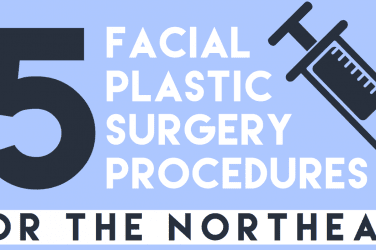If you’re nearing age 65, it’s probably time to start thinking about applying for Medicare. But like a lot of seniors, you might be a little confused about what Medicare is and what each of the parts cover, as well as when you should apply and how much it’ll cost you. If you’re struggling to understand Medicare, this guide breaks down the basics of Medicare and what you can expect when it comes to coverage, eligibility, and the enrollment process.
What is Medicare?
Medicare is a national health care insurance program offered to people over 65 in the United States.
Medicare contains four parts: Parts A, B, C, and D.
Part A is also known as hospital insurance and covers home health care, skilled nursing facility care, inpatient hospital stays, and hospice care. For some people, Medicare is free while others have to pay a hospital deductible of $1,408 as of 2020.
Part B is essentially medical insurance and covers things like doctor’s visits, preventive services (such as vaccines, shots, screenings, and yearly wellness visits), medical equipment (like walkers, wheelchairs, and hospital beds), and outpatient care. The cost of Part B depends on your income, but the base rate is about $144.60 per month. As of 2020, the deductible for Part B is $198 per year.
Parts A and B are typically referred to as Original Medicare.
Part C is known as a Medicare Advantage plan and it’s sort of an alternative to Original Medicare. Part C covers everything Parts A and B cover, and often covers Part D (prescription drug coverage). The costs for Part C vary by provider, so you’ll have to check with whatever insurance company is hosting your Medicare Advantage plan.
Part D is prescription drug coverage and covers the cost of and prescription medications you might need, as well as recommended shots and vaccines. Part D costs about $35 per month.
Are You Eligible for Medicare?
Since not everyone is eligible for Medicare, you might be wondering whether you are. To determine your Medicare eligibility, consider the following requirements:
- Age 65 or older
- Under 65, but permanently disabled (and you’re getting Social Security or Railroad Retirement Board benefits)
- Have End-Stage Renal Disease
- Have ALS (amyotrophic lateral sclerosis), also known as Lou Gehrig’s Disease
- Have U.S. citizenship
Application Process
Some people are automatically enrolled in Parts A and B because they’re already receiving Social Security benefits or Railroad Retirement Board (RRB) benefits. If either of the following applies to you, you’ll be automatically enrolled starting the first day of the month you turn 65.
If you’re under 65 and you have a disability, you’ll also get Parts A and B once you start getting disability benefits from Social Security. However, some people have to sign up for Medicare.
Once you’re sure you’re eligible for Medicare, you can start the application process by contacting the Social Security office three months before your 65th birthday, the month of your 65th birthday, or three months after you turn 65.
If you worked for a railroad, you’ll have to contact the RRB.
Important Dates
Don’t expect to be notified when it’s time to apply for Medicare. Unfortunately, you’ll have to keep track of when it’s time to apply, which will be during the initial enrollment period (IEP), the special enrollment period (SEP), or the general enrollment period (GEP).
Some important dates to remember when it comes to Medicare include the following:
- January 1 – Your new coverage starts if you made a change.
- January 1 to March 31 – You can make changes to your Medicare Advantage plan, or switch back to Original Medicare (and join a separate Medicare Prescription Drug plan).
- October 15 to December 7 – You can change your Medicare health or prescription drug coverage for the following year (which includes returning to Original Medicare or adding a Medicare Advantage plan).
Researching Your Options
Now that you’re well-versed in all that Medicare is and what it covers, you can start diving deeper into Medicare coverage options and start the enrollment process when the time is right for you. Figure out what kind of supplemental coverage you’ll need as well as what parts of Medicare you’ll actually need depending on your individual health needs.







